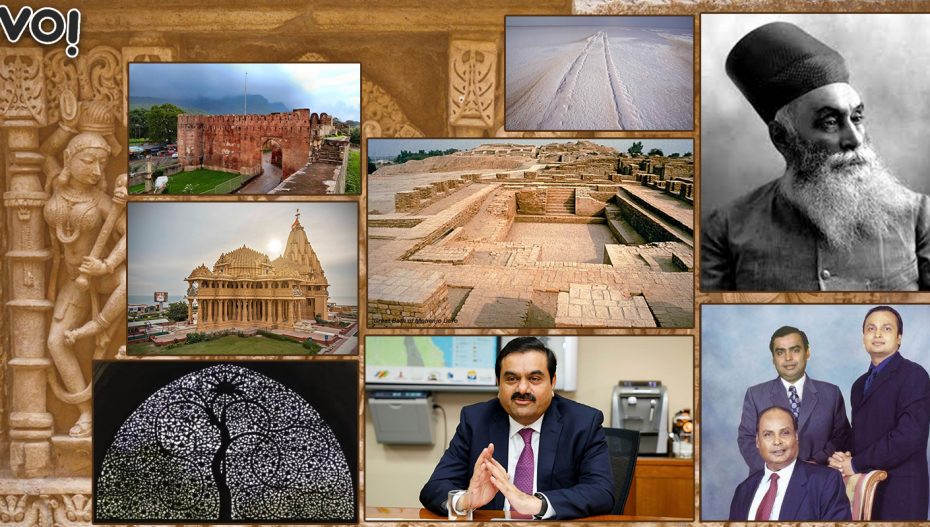When one hears the word Gujarat, the first things that come to mind are all generally influenced by how this majestic state has been depicted in popular culture, especially in Bollywood movies. The unforgettable ‘We Are G-U-J-J-U, Gujju!’ song from Karan Johar’s movie ‘Kal Ho Na Ho’, or the myriad of colors that represent Gujarat’s culture in Sanjay Leela Bhansali’s films, are just some examples. Kareena Kapoor saying, ‘Dhokla, Fafda!’ in 3 Idiots or the somber story in ‘Kai po Che’, it seems Gujarat and its vibrant culture has had a special place in Bollywood.
However, this is a rather narrow perspective to go by. No matter how many movies represent the state, it is just going to be a surface-level glimpse, isn’t it? Just like chicken tikka masala that represents our country to the west, is not an end-all of India, Bollywood movies are definitely not all-encompassing of a state in India. This is true for any state, of course, and Gujarat is no different.
Soft Power of Gujarat
Although Bollywood movies don’t show the entire phenomenon that is Gujarat, they have definitely helped popularize the state and its culture. Today, people might be going crazy over K-Pop, but Bollywood movies too have similar strength to attract the world and generate curiosity among people regarding Indian culture. They have encouraged people from all over the world to explore our music, dance, festivals and food. The ancient art of vegetarianism of India has fascinated people from all over the world.
Garba, dance and songs are deeply rooted in the culture of the state and they are one of the most unique beautiful things that sets Gujarat apart. These are the aspects of Gujarati culture that attracted not just other states but also other countries. Garba is a traditional dance enjoyed during the Navratri festivities in the honor of Goddess Durga, who represents Shakti or Strength. Same is true for Diwali, which is also one of the most important festivals of Gujarat.
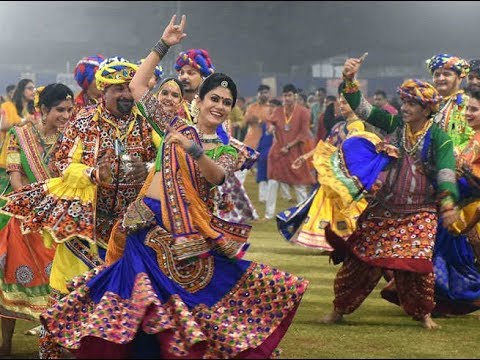
Many Indian students go abroad to the U.S., U.K, Canada and other European countries for higher studies. Consequently, Navratri and garba celebrations have become an important part of Indian diaspora. Many universities across the world, today, organize Navratri and Garba nights with Indian music and traditionally dressed students and food. Diwali is also celebrated in college campuses across the world.
Food is another aspect that never fails to attract foreigners to this state, especially with the growing awareness about cutting down meat consumption and adopting vegan lifestyle. Gujarati food is predominantly vegetarian and most dishes can be easily made vegan. Savory, spicy and sweet these dishes usually leave you wanting more. When the world takes notice, food of Gujarat never disappoints.
Economical Power
Nevertheless, Gujarat is so much more than just bright colors, garba, folk songs, festivals and food. While these might successfully attract people, what really makes a difference is how Gujarat has emerged as one of top states when it comes to economic power.
This state is passion, art, culture, technology, innovation, economic growth and and striving people who just want to reach higher goals. Most of all Gujarat is entrepreneurship, which has led the people of this state to not just different parts of India but also in various parts of the world. With determination and hard work, today Gujaratis are spread out all over world, mostly running their own businesses.
You know what Dhirubhai Ambani or Mukesh & Anil Ambani, Gautam Adani, Jamsetji Tata or Ratan Tata and Azim Premji have in common, besides being some of the world’s top industrialists? They are all Gujarati.
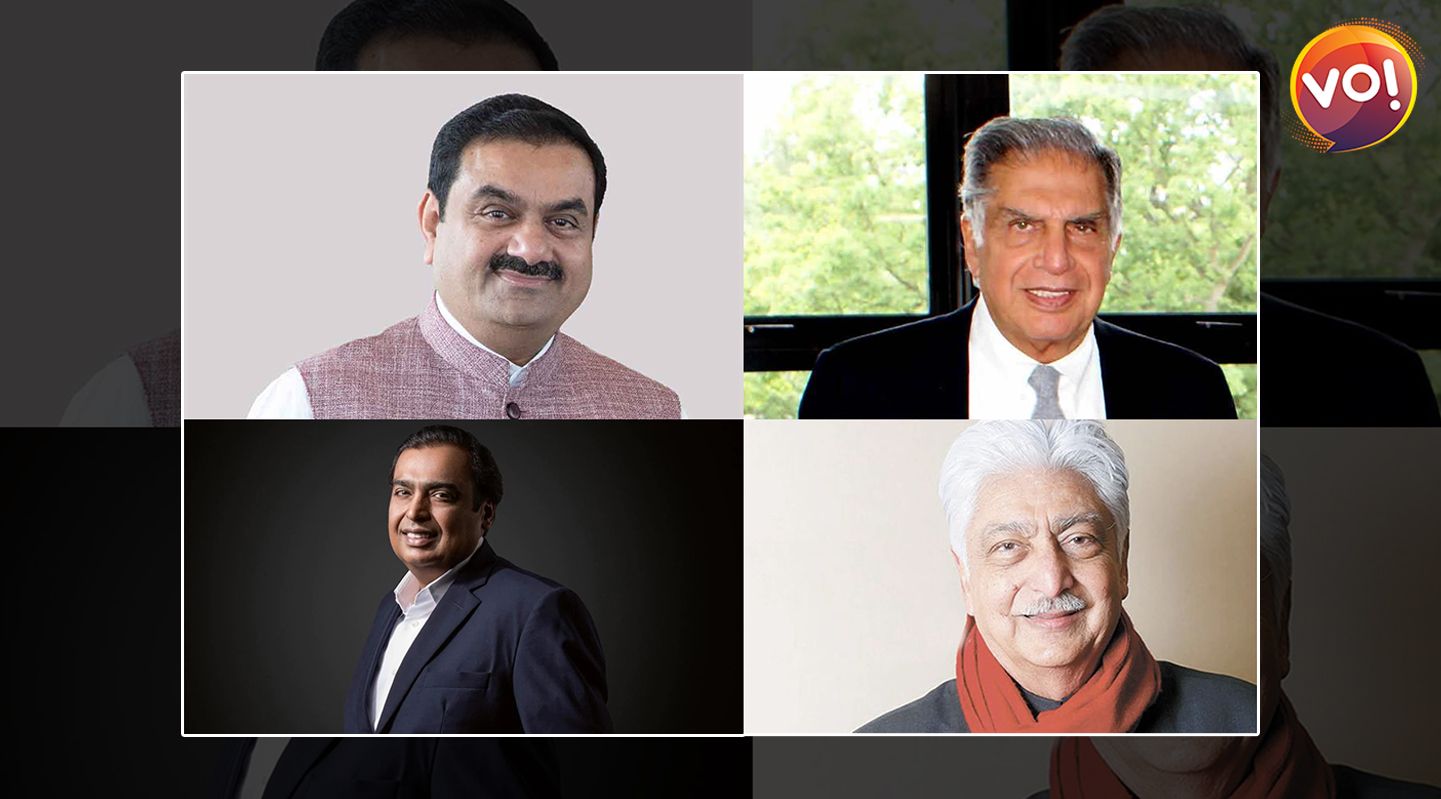
So, what is it that drives people of Gujarat to run and develop their own businesses? As the saying goes, it is in their blood.
Family run businesses are everywhere. From young age, children start learning the basics of the business that family owns. Education is a priority, but so is having a tight grip on how the business runs and how the second or third generation can take it to higher levels. Resilience and perseverance is a must, along with being able to rightly gauge the potential of a certain venture and have the guts to take the risk. Being humble and adopting a simple living that is imbibed in the culture. It is believed that people are greatly influenced by Mahatma Gandhi who lived a simple life at Sabarmati ashram and fought the British Raj, staying true to his principles of non-violence and honesty.
That is one aspect that influences economics of the state. But more importantly, it is also the top state in India to attract foreign direct investment. Besides, the state probably has one of the most investor friendly policies in the country. Geographical location that offers the state a vast coastline also helps this investment. The fact that state offers high class infrastructure and state-of-the-art technology is just the cherry on top of the cake.
Impressively, in 2020 to 2021 financial year, Gujarat received a grand total of $30 billion in FDI, accounting for an impressive 37% share of all FDI to India. This was despite the pandemic when global FDI had dropped by a whopping 41%.
Has Gujarat always been so prolific in its business endeavors? As we dig through History, we see that business does run deep through the states vein, even when it was not an independent state.
Formation of Gujarat – A Slice of History
Yes, Gujarat was once a small province and because of its coastline, it had been a target of many invasions. This region has seen invasions from Muslim rulers, the Mauryans, the Mughals and every other dynasty in between that tried to reign over India. But lets leave that for the history teachers to preach.
For us though, it is important to note that this region withstood all those invasions and become the modern state that we know it today. After independence in 1947, when India and Pakistan split, province of Gujarat became a part of the Bombay state. In 1956 the province was extended to include Kachchh and Saurashtra.
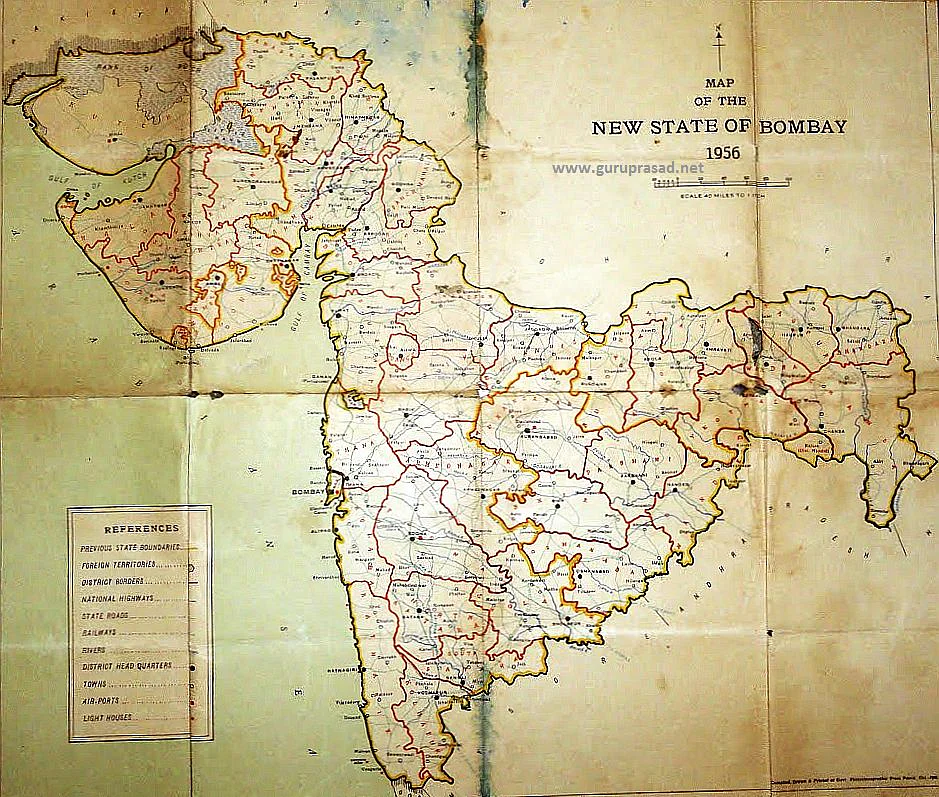
This is when Mahagujarat movement started. Locally known as the Mahagujarat Andolan, this agitation demanded creation of the state of Gujarat for Gujarati-speaking people. This would split the Gujarati-speaking community from the bilingual Bombay state, creating two states of Gujarat and Maharashtra. The movement succeeded in the formation of Gujarat, on 1 May 1960.
While part of the Bombay state, Gujarati community was known for owning businesses and considered some of the smartest and most successful traders. Even today, all over Maharashtra, we see scores of businesses that are owned by people from the Gujarati community.
Gujarat has seen many invasions, but it has also seen phases where internal unrest was at its peak. Communal riots and violence are not foreign to this state. Not to mention natural calamities like disastrous earthquakes and mild cyclones. Nevertheless, with a strong foundation of history and culture, Gujarat has still stands tall and boasts an ever-developing economy.
Through out Gujarat you will find historic sights representative of ancient civilizations, influence of different dynasties, the state’s unique geography as well as ancient monuments that are symbols of resilience.
Historic Sights Representative of Gujarat’s Rich Culture
Sidi Saiyyed Mosque
This mosque, popularly known Sidi Saiyyed ki Jali, was built in 1572-73 AD by Sidi Saiyyid, who was general in the army of the last Sultan, Shams-ud-Din Muzaffar Shah III of the Gujarat Sultanate. This monument, a unique example of Indo-Islamic art, is known for its architectural finesse. The ornate lattice work, intricate carvings of intertwined trees and foliage and a palm motif done in semi-circular arch windows, is the signature of this mosque and today is easily recognizable all over the country and beyond. You will find 10 such beautiful windows, some laid with geometrical designs, at the monument.
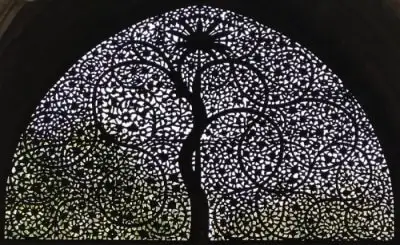
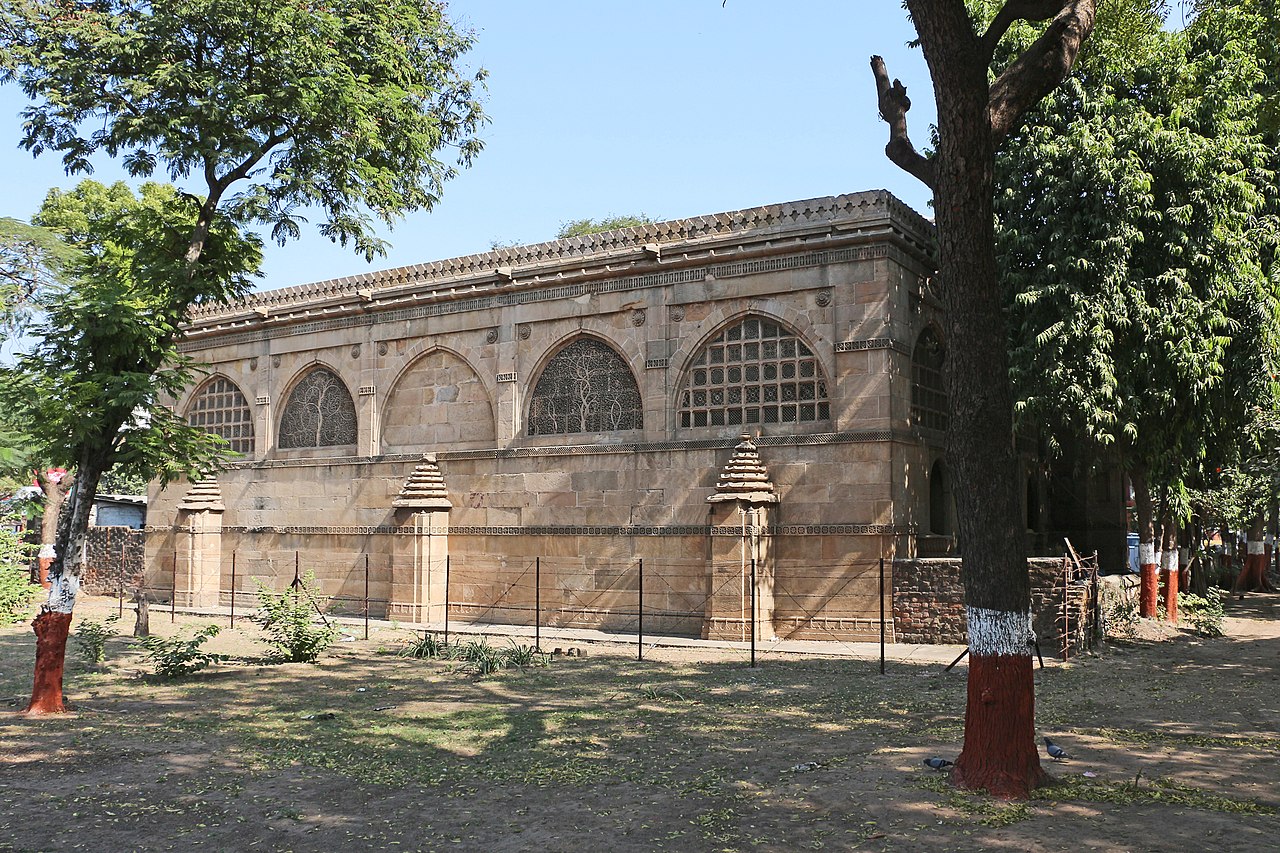
Interestingly, the central window arch of the mosque, instead of being delicately carved, is walled with stone. It is a common story that the lattice of the center window was so extraordinarily beautiful that in 1880 the Britishers detached it and took it with them to showcase in their museums. However, it is very much likely that mosque was not completed as the Mughals invaded Gujarat.
Rani Ki Vav
This step-well is another exemplary depiction of architectural genius in the state. It is unique in the way that unlike other monuments, this structure boasts undamaged sculptures, so much so that we can make out the tiniest of details even today. Today one of the UNESCO’s World Heritage Site, this structure constructed in 11th-century, was rediscovered in 1940s. Although it was restored in 1980 by the Archaeological Survey of India, this process can only achieve so much and hence the clarity of designs and having unbroken idols is awe-inspiring.
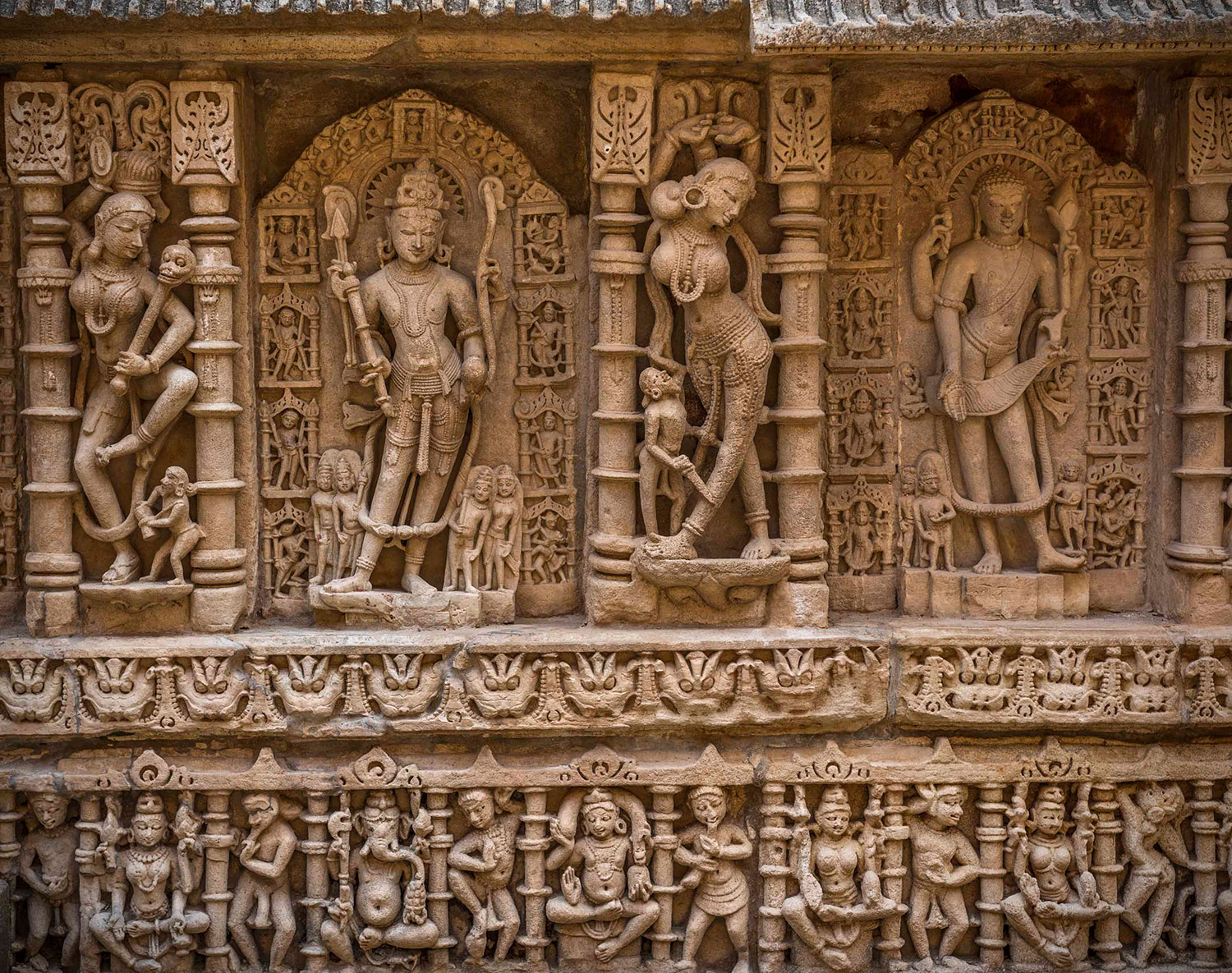
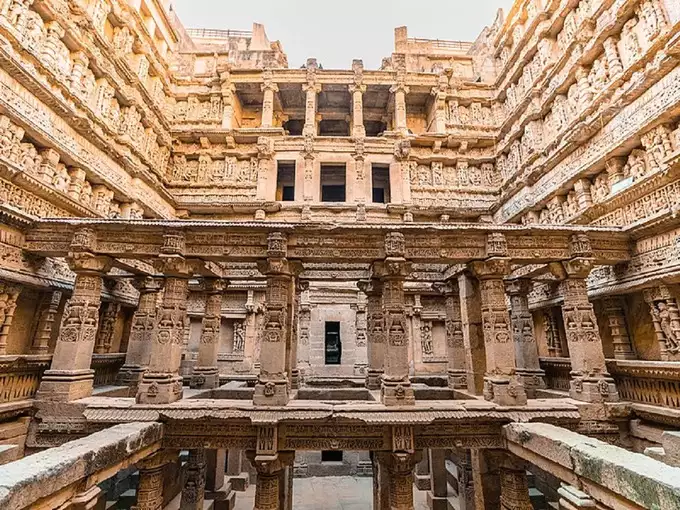
Situated in the town of Patan, it was constructed during the reign of Chaulukya king Bhima I. This is one-of-its-kind monument, a finest and biggest examples of an inverted temple, that signifies the sanctity of water. The step-well is has seven levels more than 500 principal sculptures and over a thousand minor ones, depicting religious, mythological and secular imagery.
Somnath Temple
Known as being the first Jyotirlinga, this temple has become one of the most important places of worship for pilgrims of Hindu faith, especially for those who worship Lord Shiva. With the backdrop of Arabian Sea, this temple is located along the coastline in Prabhas Patan near Veraval of Saurashtra region. Interestingly, this temple has seen worse days. The shrine is a symbol of resilience, as it has been destroyed many times during invasions by Muslim rulers. The temple was reconstructed several times, but its essence has remained intact.
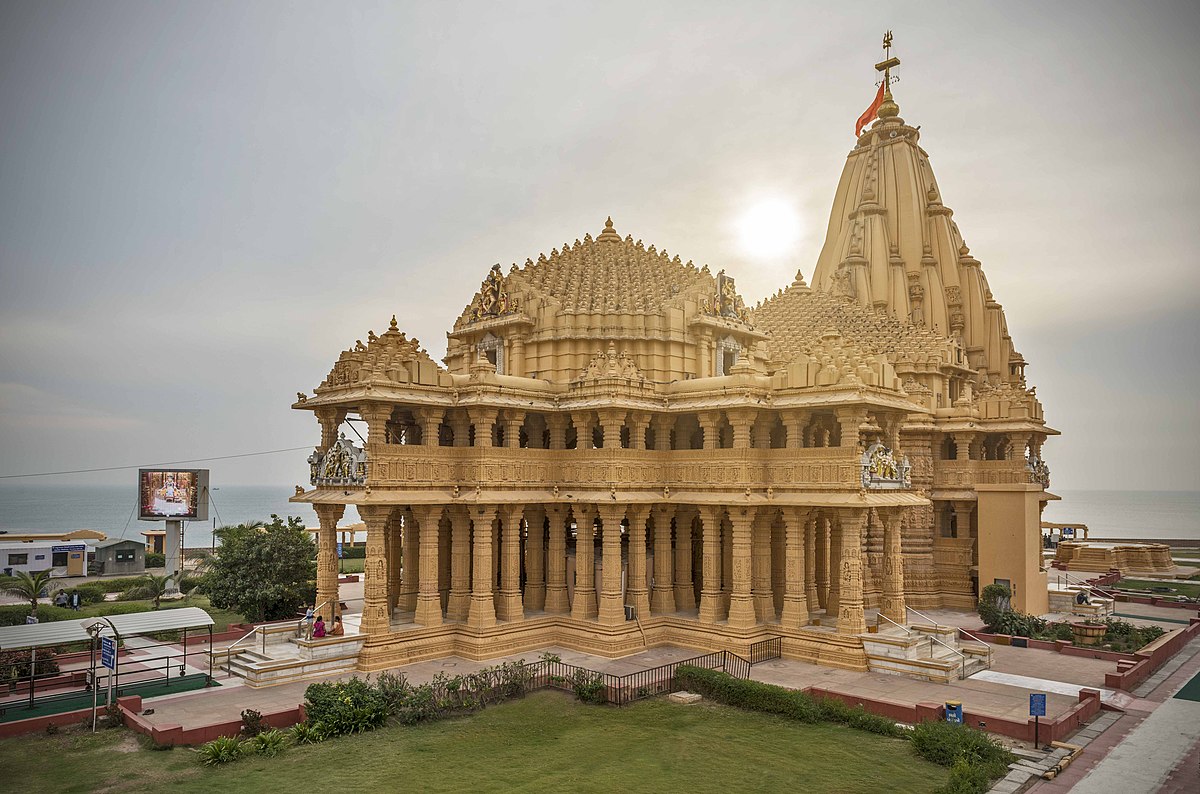
We have always heard that an unknown calm washes over you when you visit a certain place of worship. This saying cannot be truer than for Hindu temples. As we read through the history and understand the beliefs of Hinduism, you will realize that through ancient times land on which the temples were built was carefully selected. Science today has discovered that ancient temples were deliberately built at the location where positive energy is at the highest. Some believe that often times, the material that the main idol is made of is such that it absorbs negativity and reflect positive energy.
Somnath Temple, engulfed in beautiful elements of nature, is one such place that can calm you instantly. The calm atmosphere hits you immediately as you enter the vicinity of the temple. The sun setting on the horizon, soft breeze surrounding and the sound of waves from the sea clashing against the rocks…it is an experience no one should miss. The serenity of the temple is tangible here.
Indus Valley Civilization
The state encompasses 23 sites of the ancient Indus Valley or the Harappan Civilization, most important being sites at Lothal. This site is believed to have been one of the world’s first seaports, not surprising as coastal cities of Bharuch and Khambhat, were ports and trading centers during the Maurya and Gupta empires.
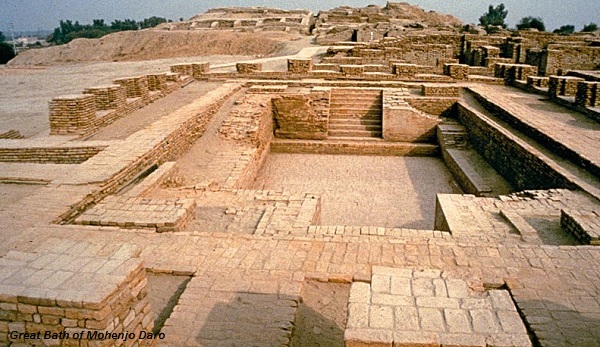
At the site where the ruins have been found, you will clearly see how efficiently the ancient city was planned. They had ways to transport water and manage waste. Utensils, artifacts and some weapons have been carefully excavated and showcased at the museum here.
Champaner Fort
This beautiful fort that enjoys the backdrop of Pavagadh hills, is among the oldest forts in India. Built by a renowned king of Chawda dynasty, Vanraj Chavda, this monument was constructed during the 8th century AD. Even though there has been some damage, one can clearly see how the region must have prospered during the period.
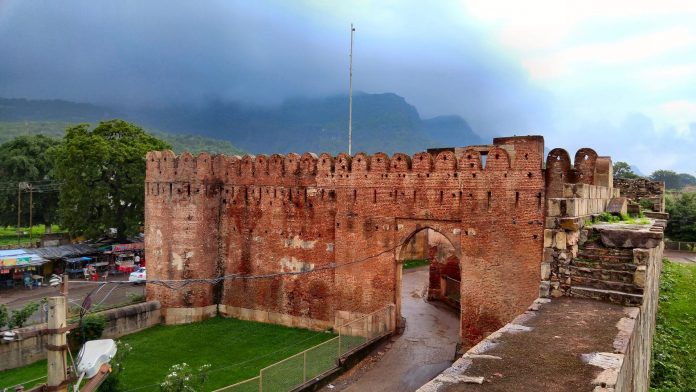
The gallant high walls are a testament to how rich the area was. This was until the the city was captured by Mohamud Begada , but not before a 20-months long and difficult battle.
This is a recognized UNESCO world heritage sight.
Rann of Kutch
This place is an excellent example of the unique geography that Gujarat enjoys. This is a large area of salt marshes that span the border between India and Pakistan. Rann of Kutch is not the traditional sand desert but a salt desert, one of the largest in the world at that. The entire stretch is only pure white salt. Located primarily in the Kutch district, these marshes lead to beautiful sights, especially during the full moon nights.

Under the moonlight, the entire stretch glows white and there is no end in sight. The glittering little particles of salt are a treat to watch and explore. It is truly one of nature’s wonders that everyone must appreciate.
These -places are just a handful of attractions that Gujarat offers. There are many more monuments that are showcase architectural brilliance like the Jama Masjid, mountainous areas that represent ancient tribes and are now house to some of the rarest fauna, like that in Junagadh. And how can we forget the forests of Gir that are home to majestic Asiatic Lions?

Rich in history and vibrant in culture, Gujarat is a state of wonders. Its an example of what patience and resilience can accomplish. It is a place built up with strength and vitality that is today seen as the rising star of economy and trade. May it for business, tourism or to explore the culture and wild side of the state, everyone must get a feel of Gujarat at least once in their lifetime.
As such I leave you with the iconic words of Amitabh Bachchan – ‘Ek din toh guzariye Gujarat mein’


